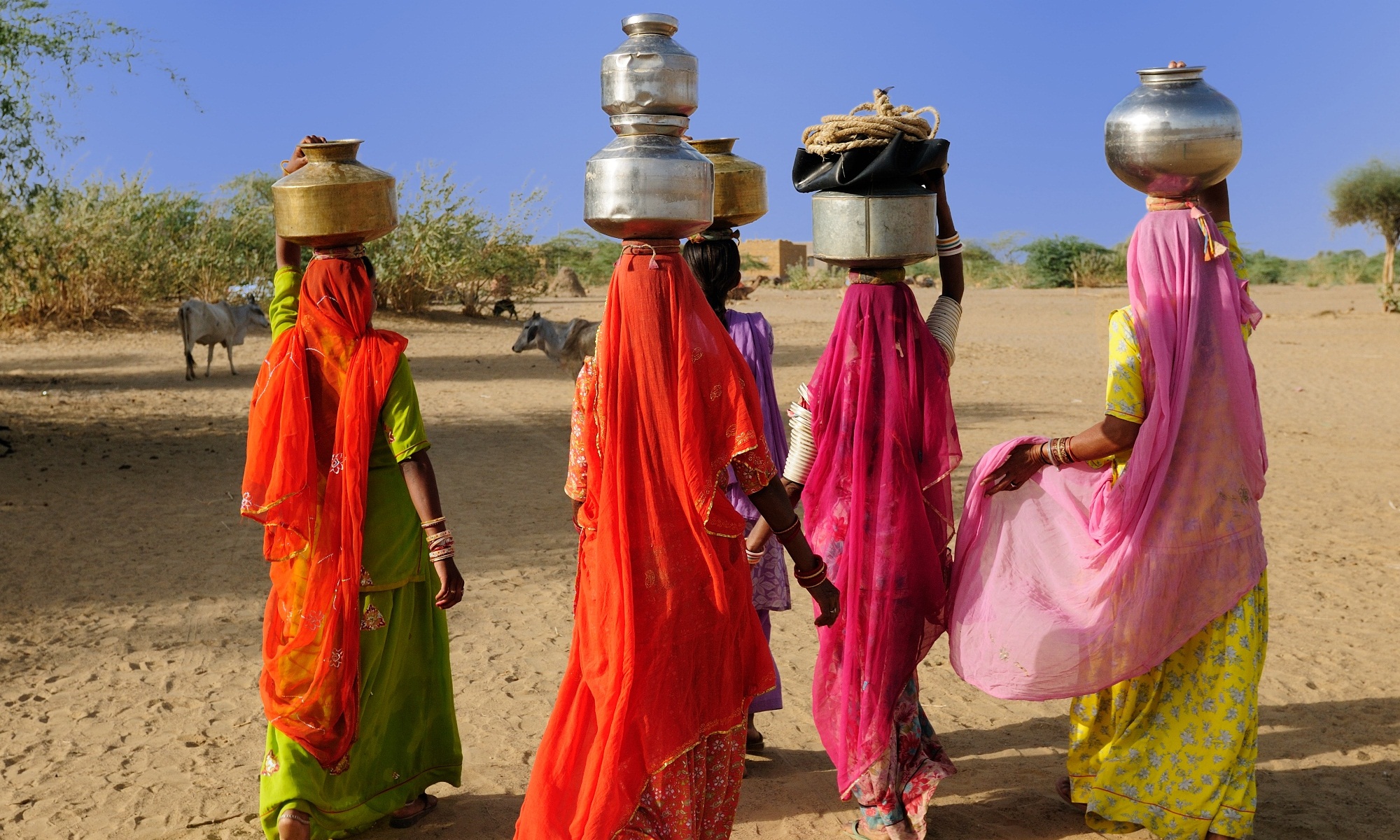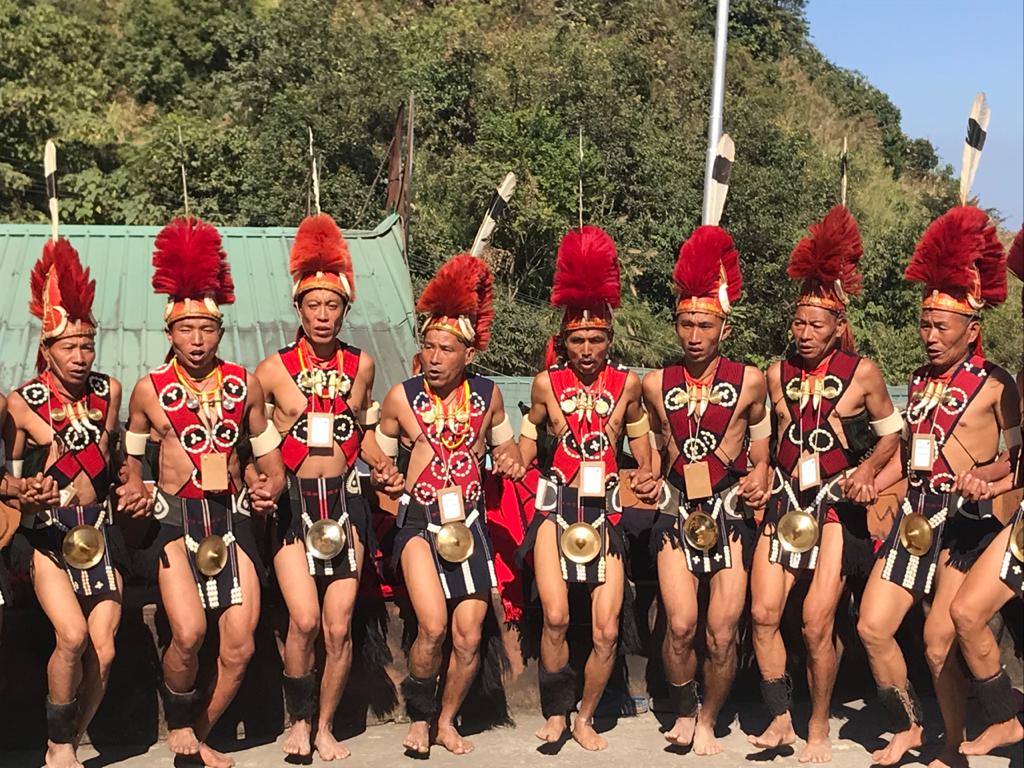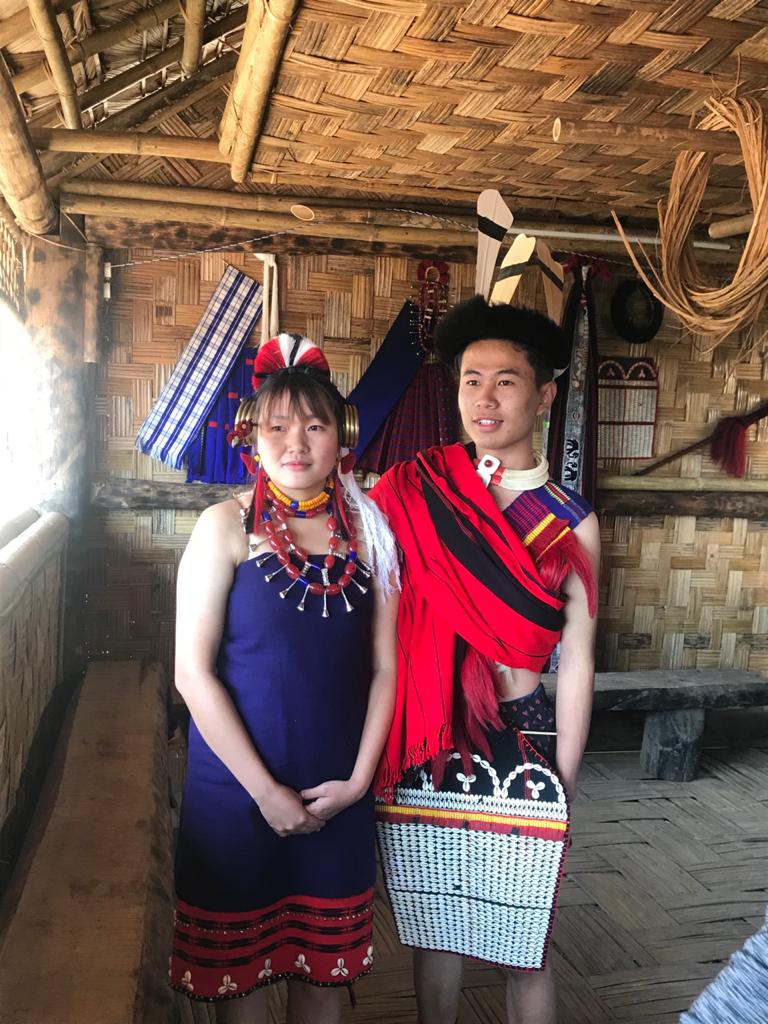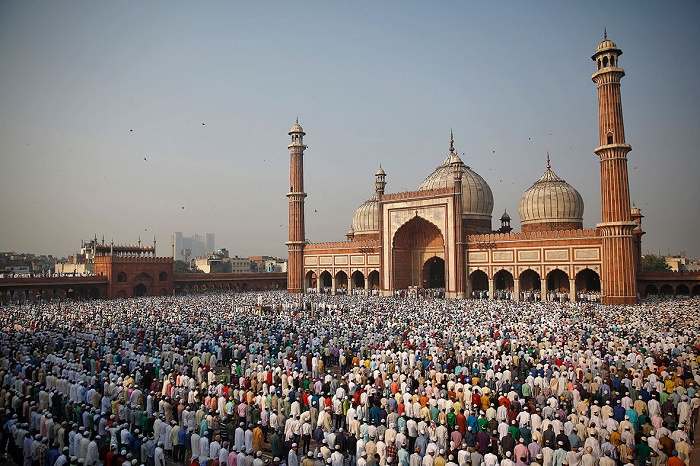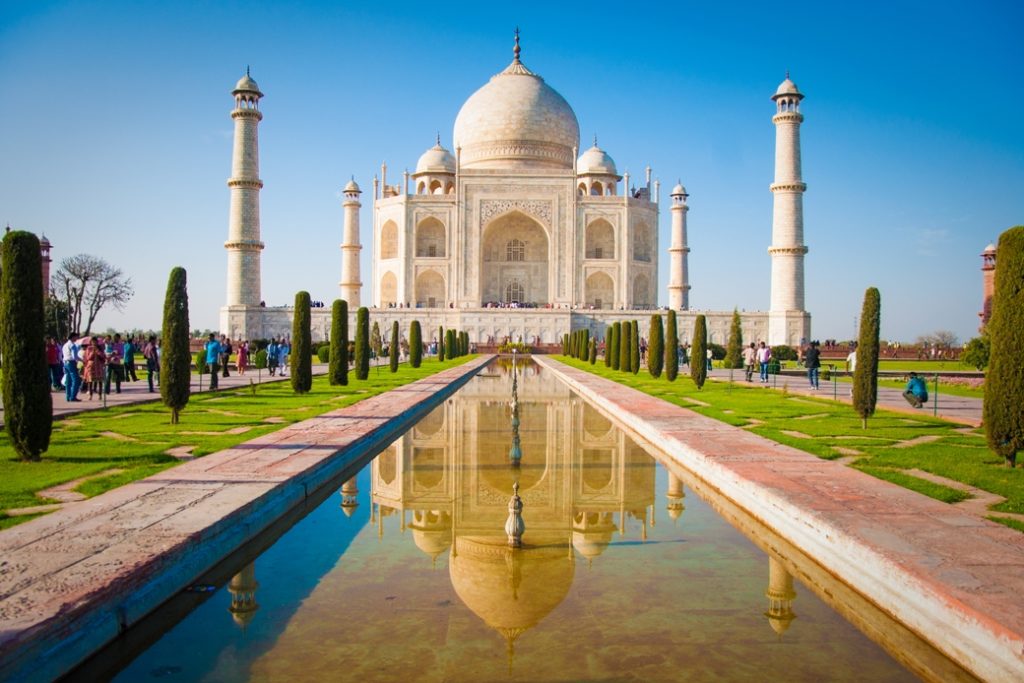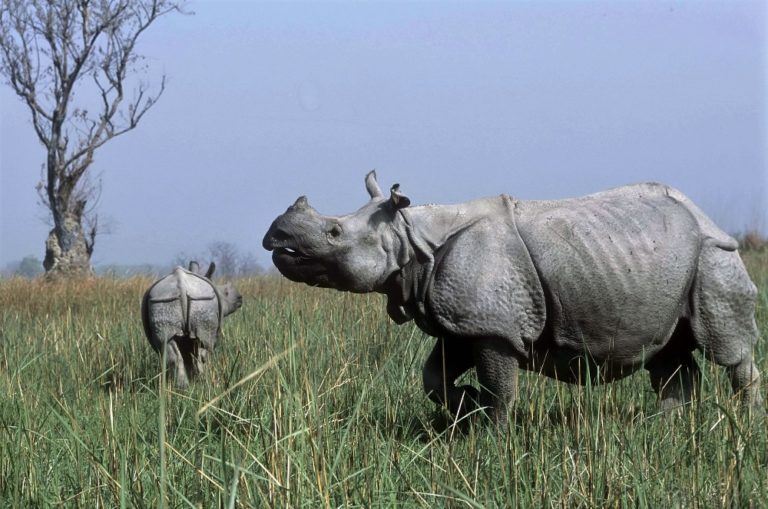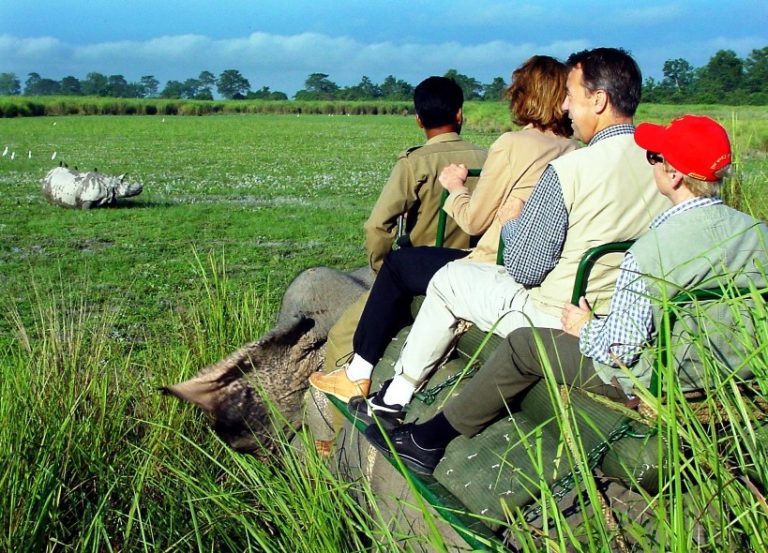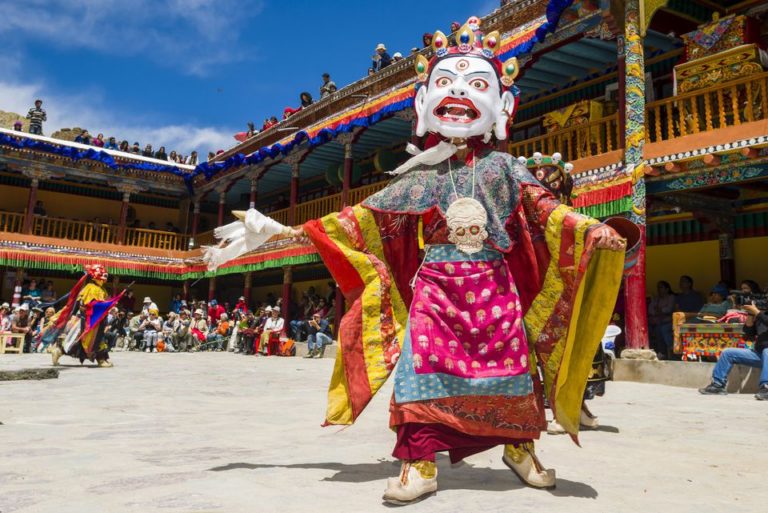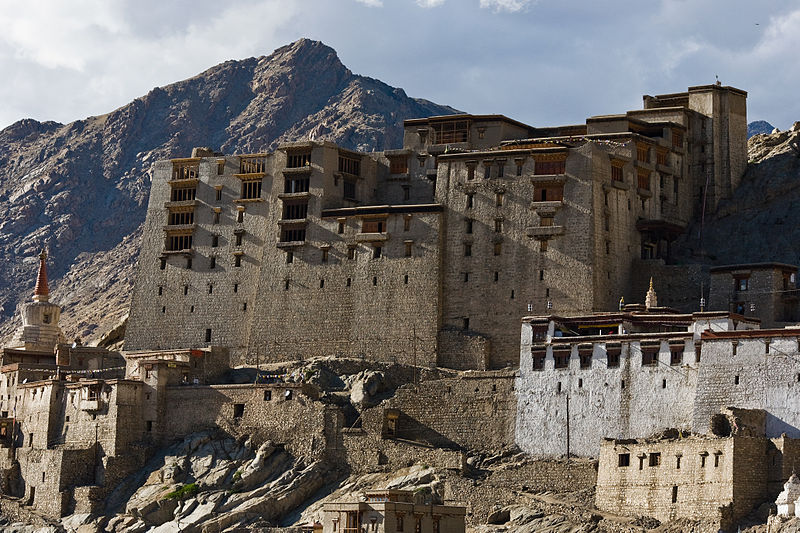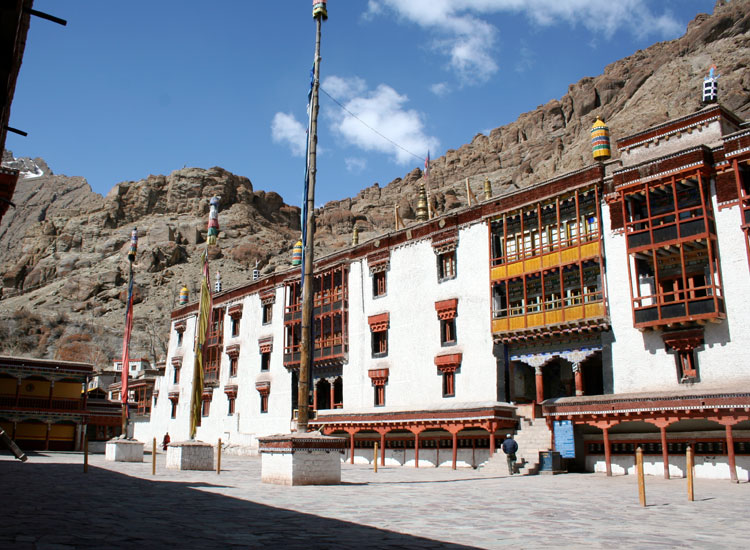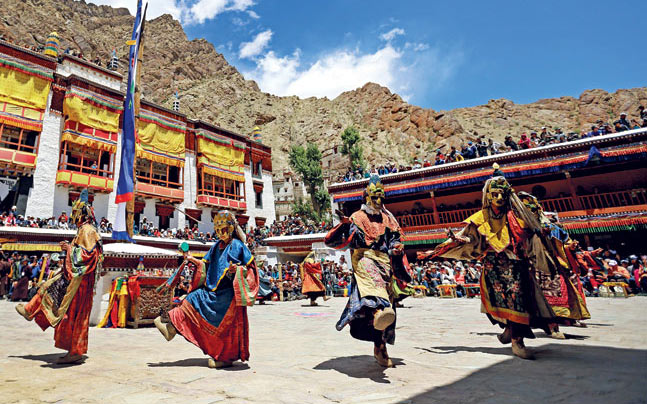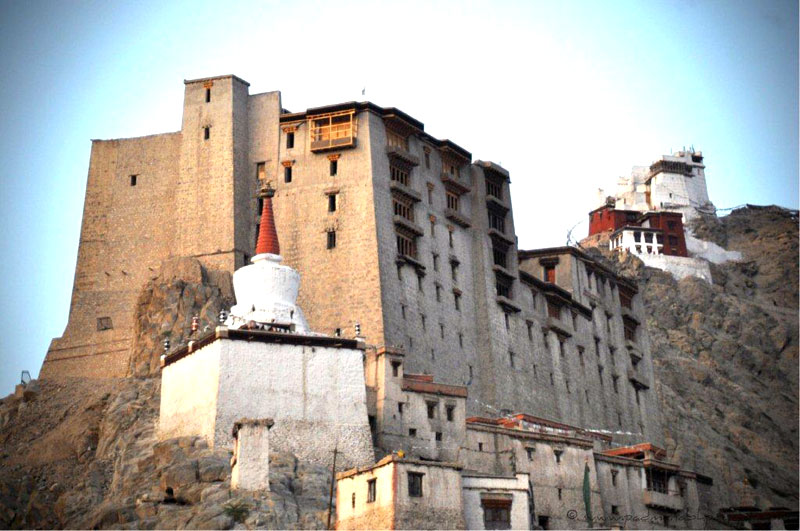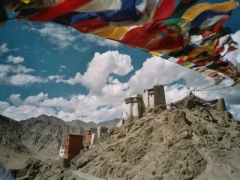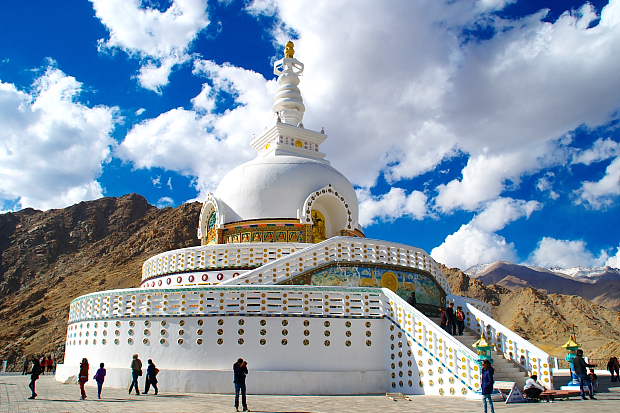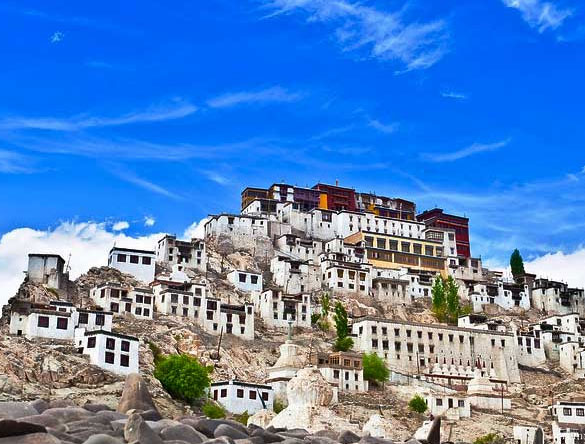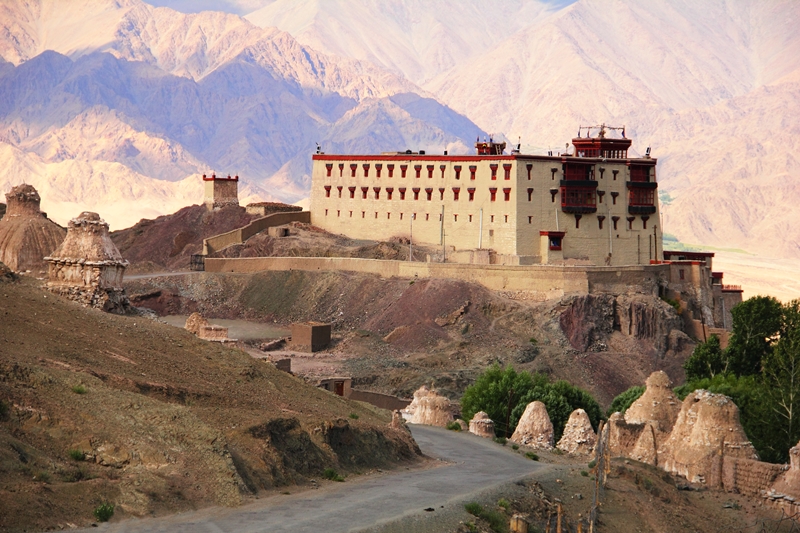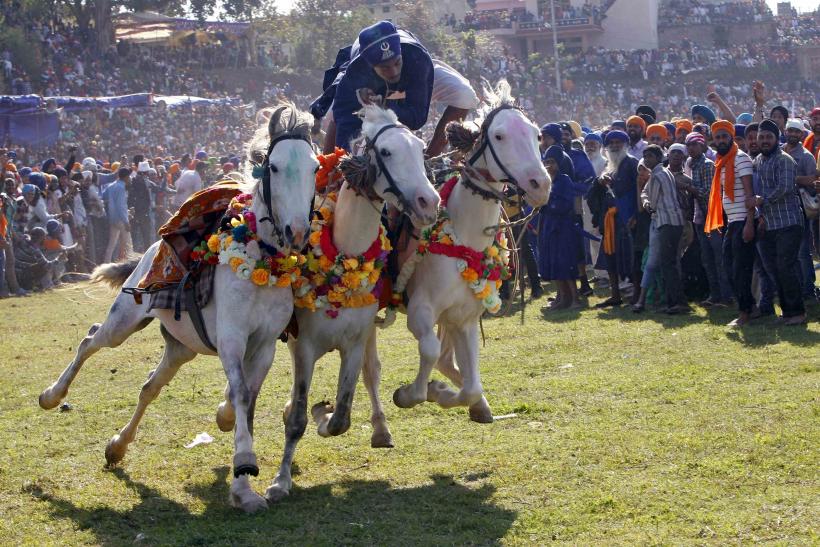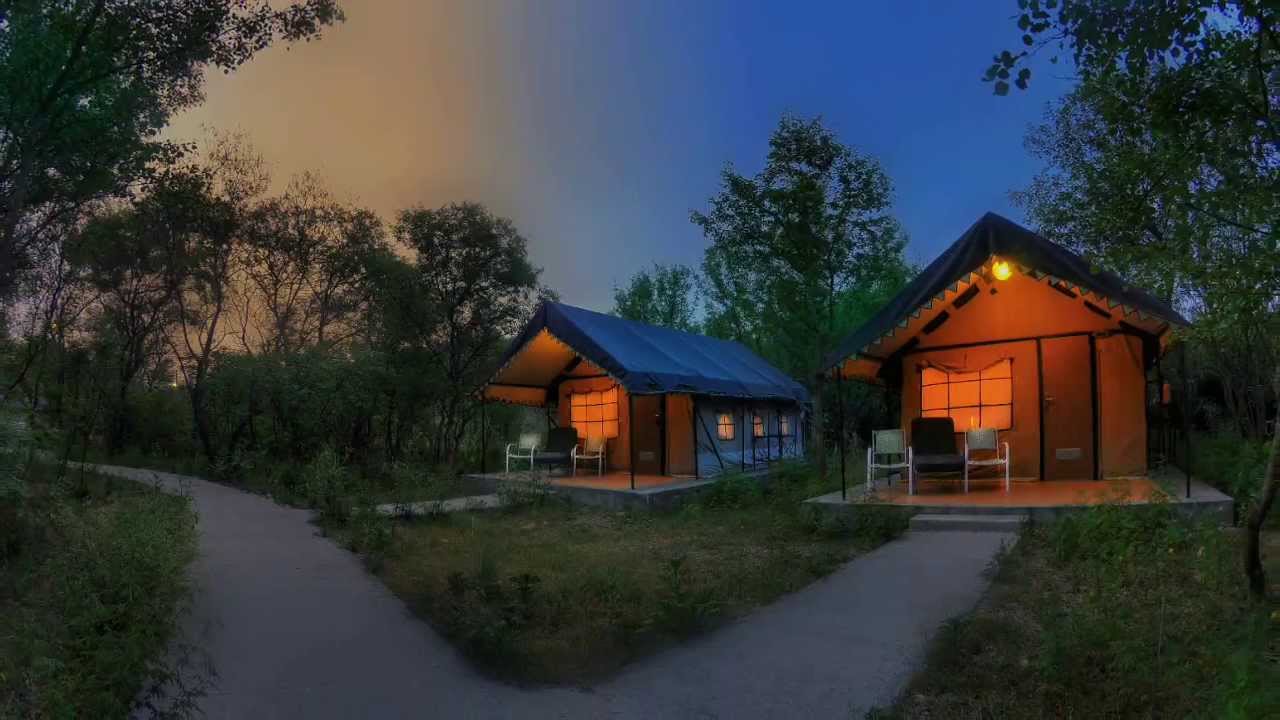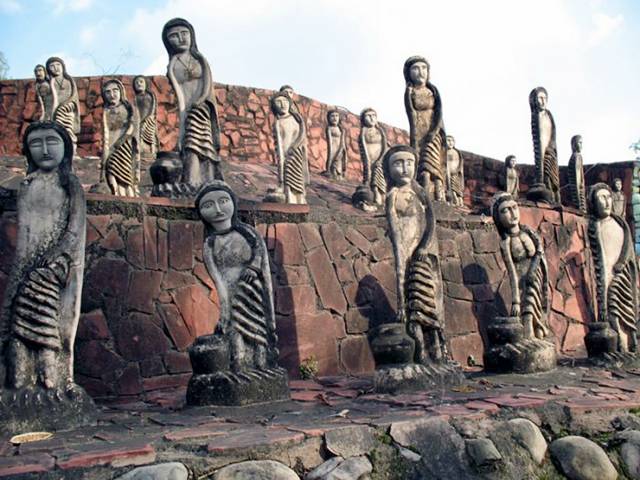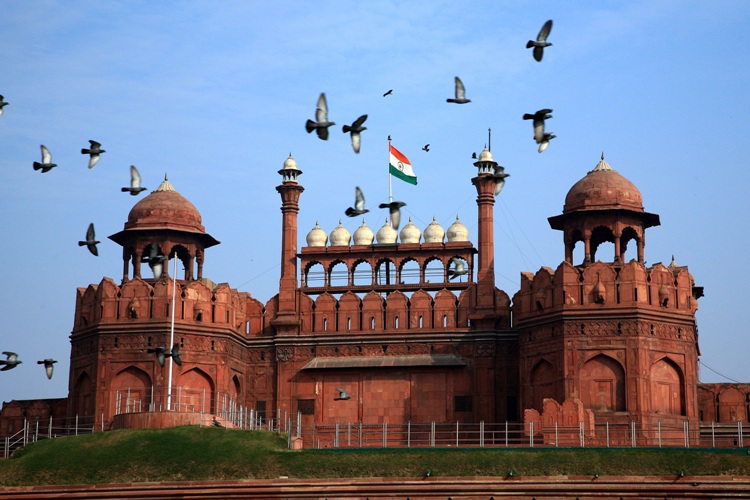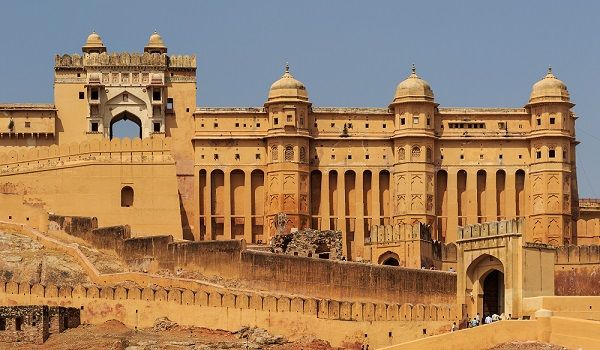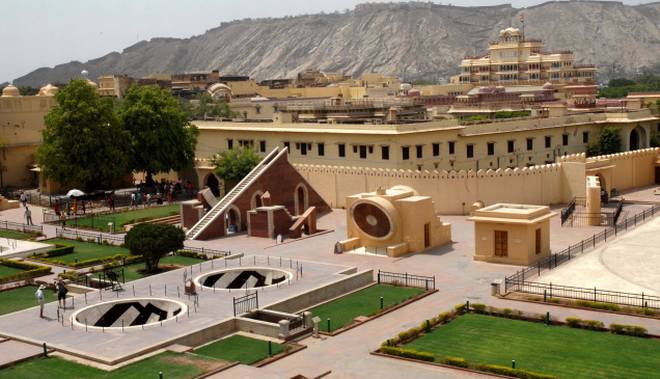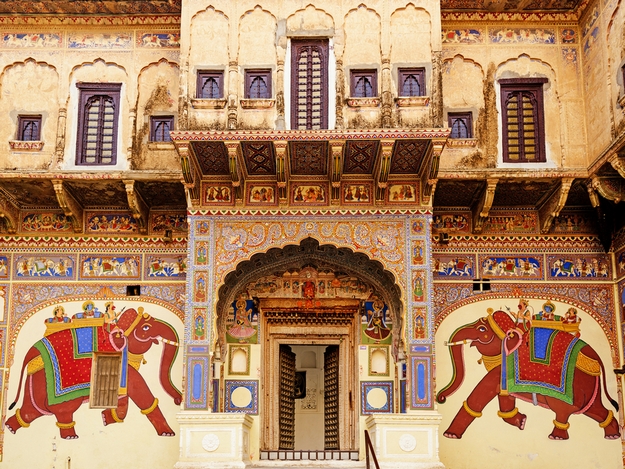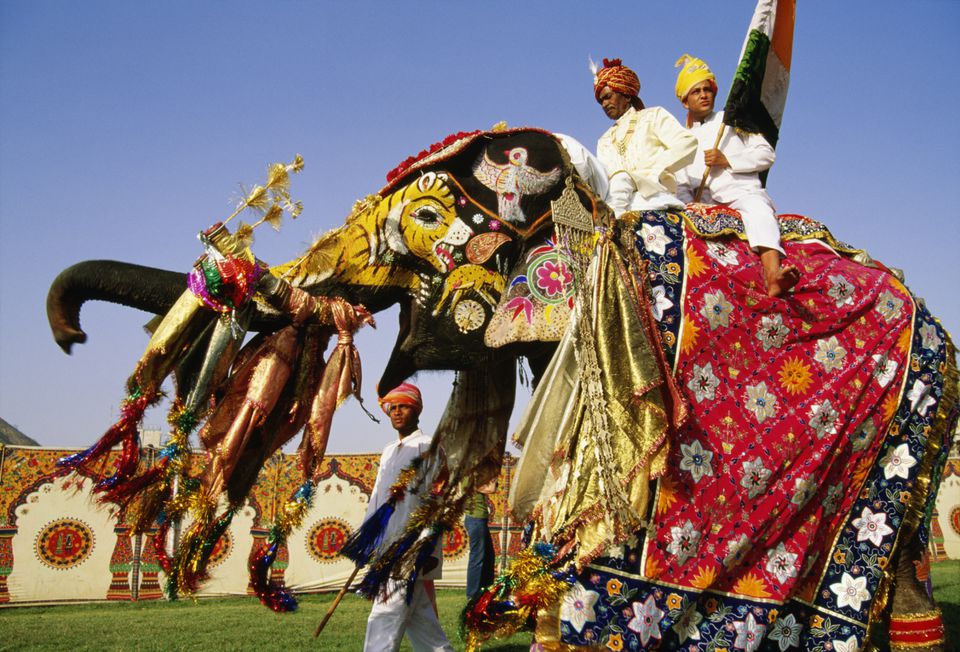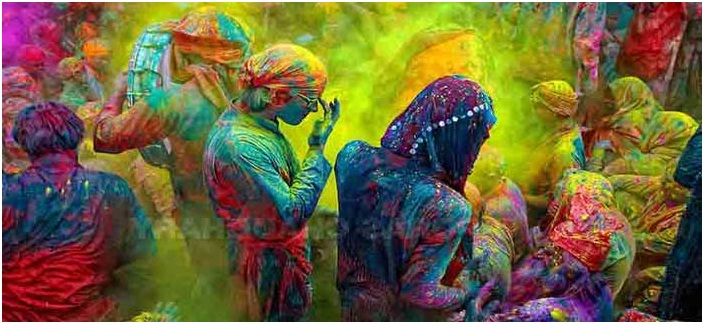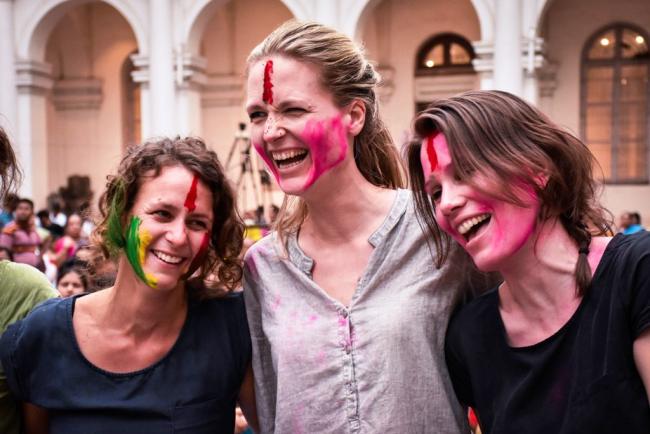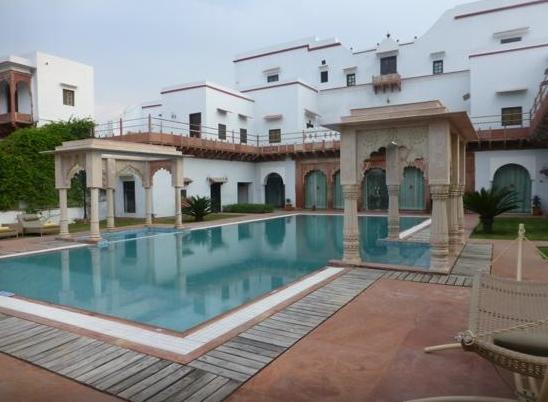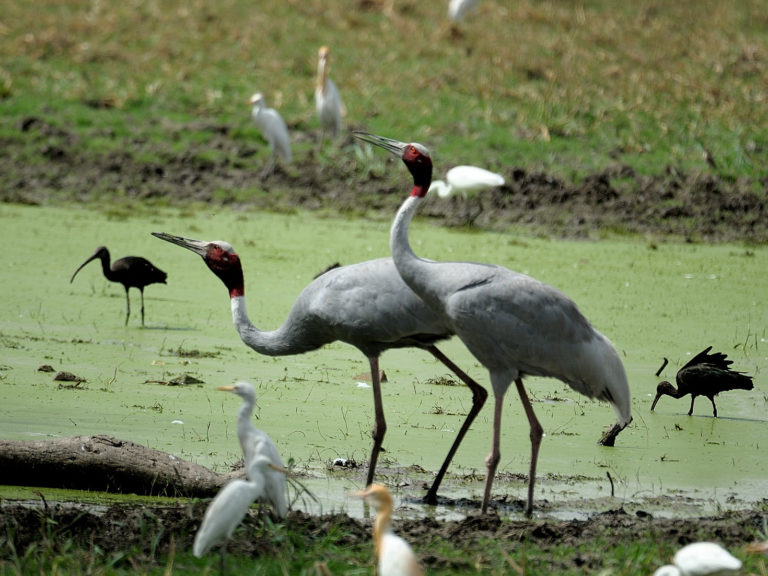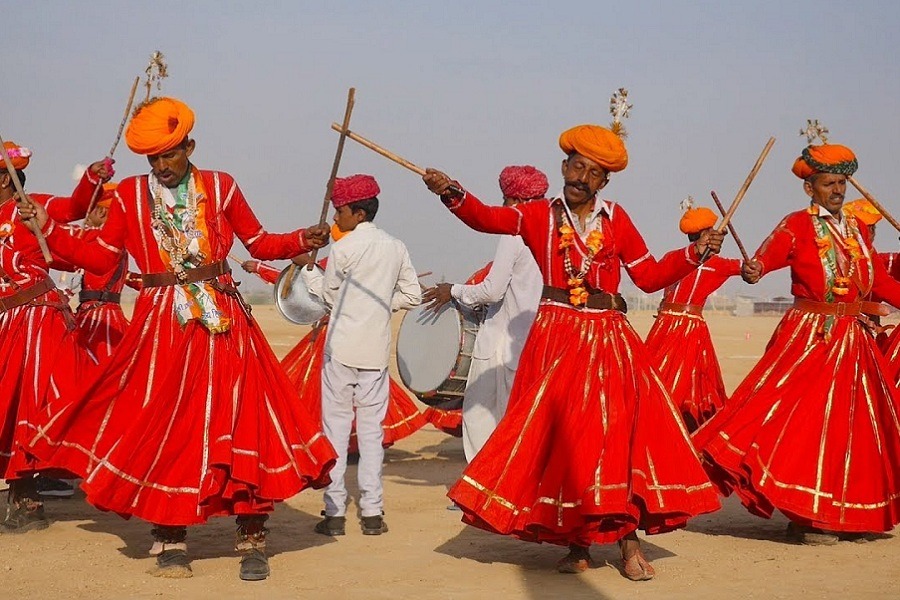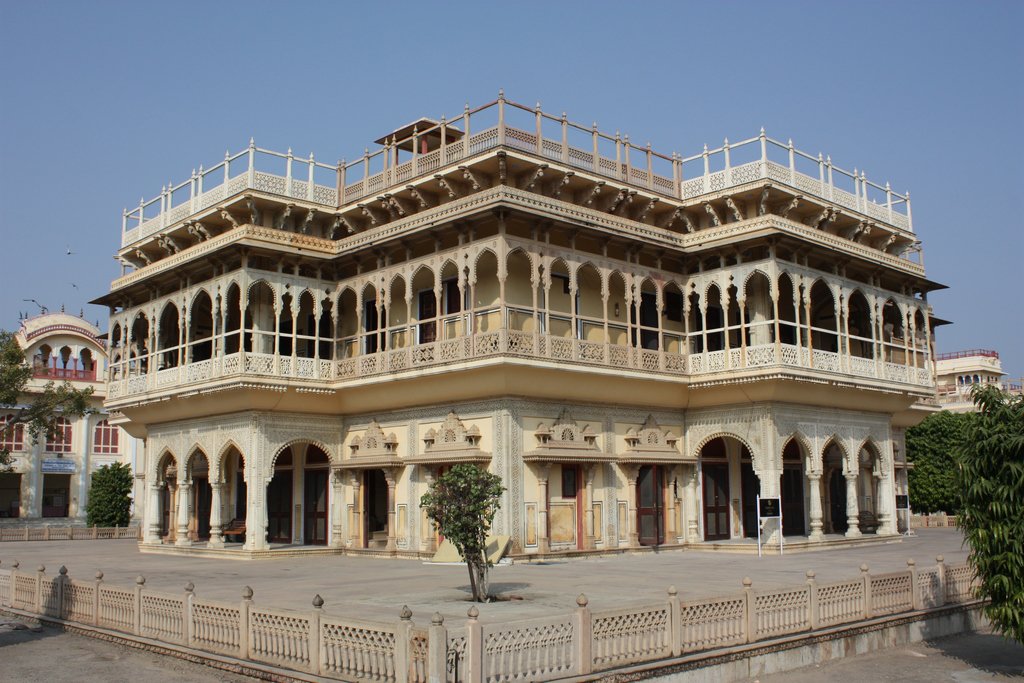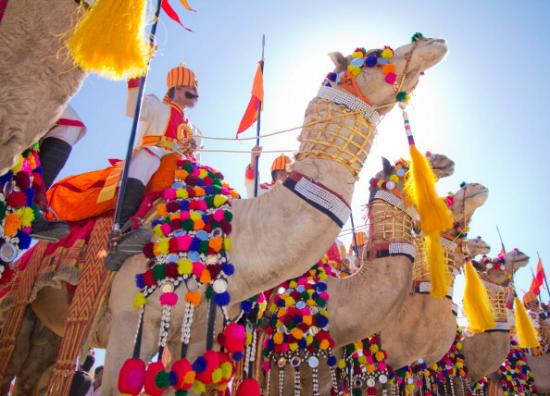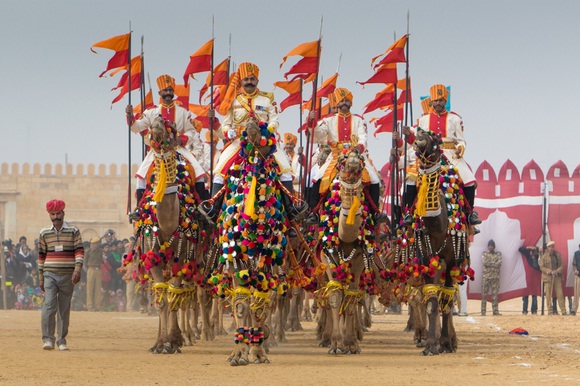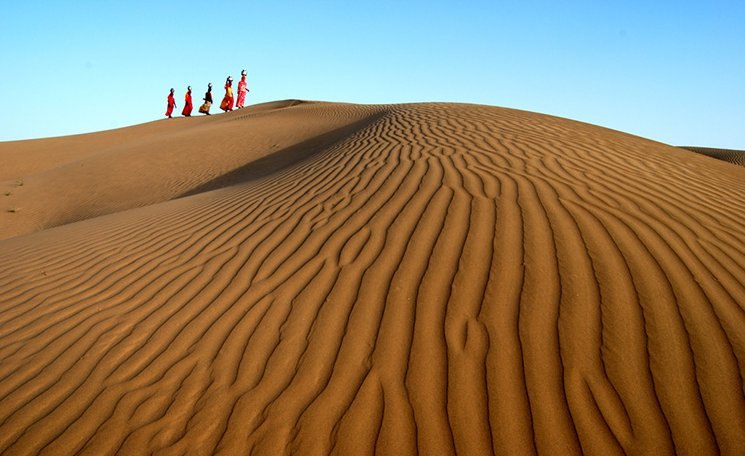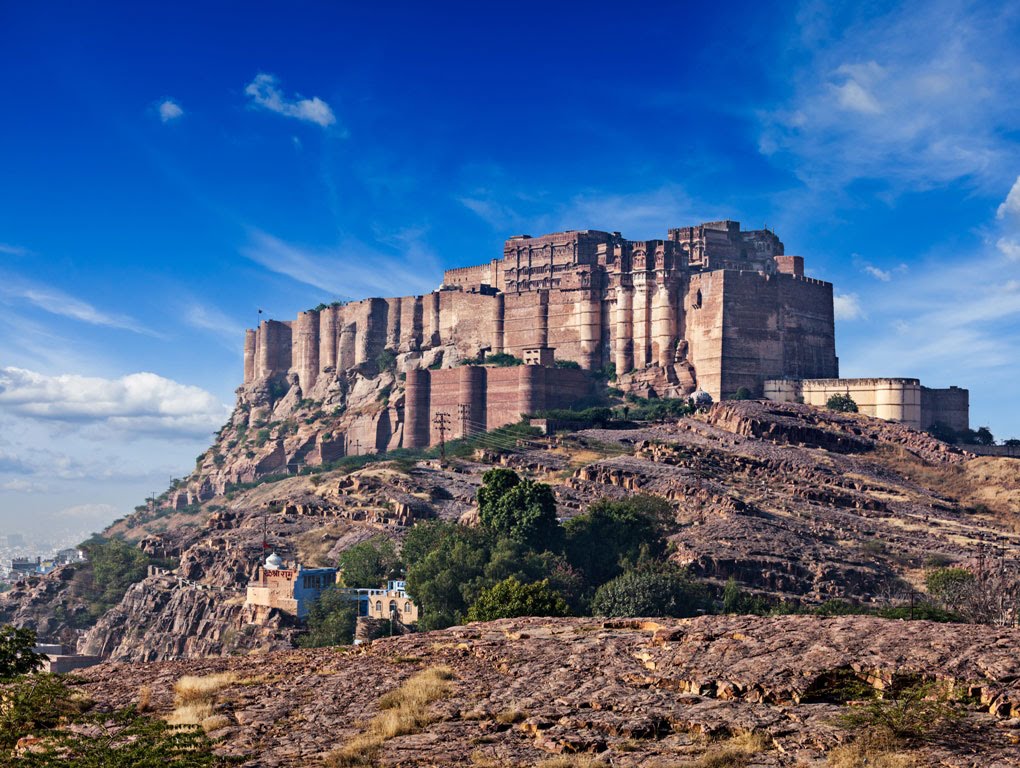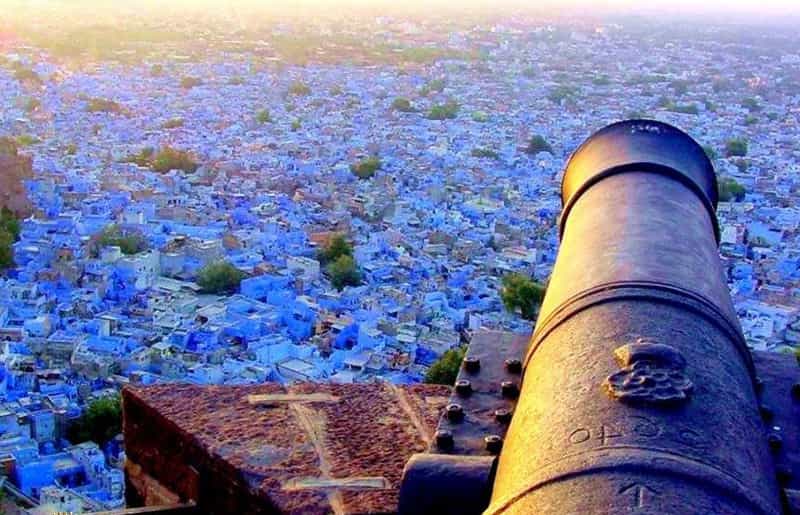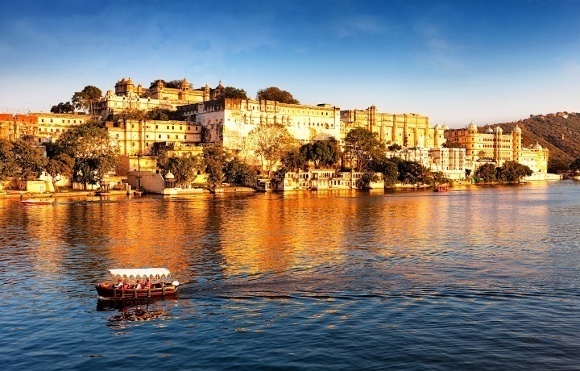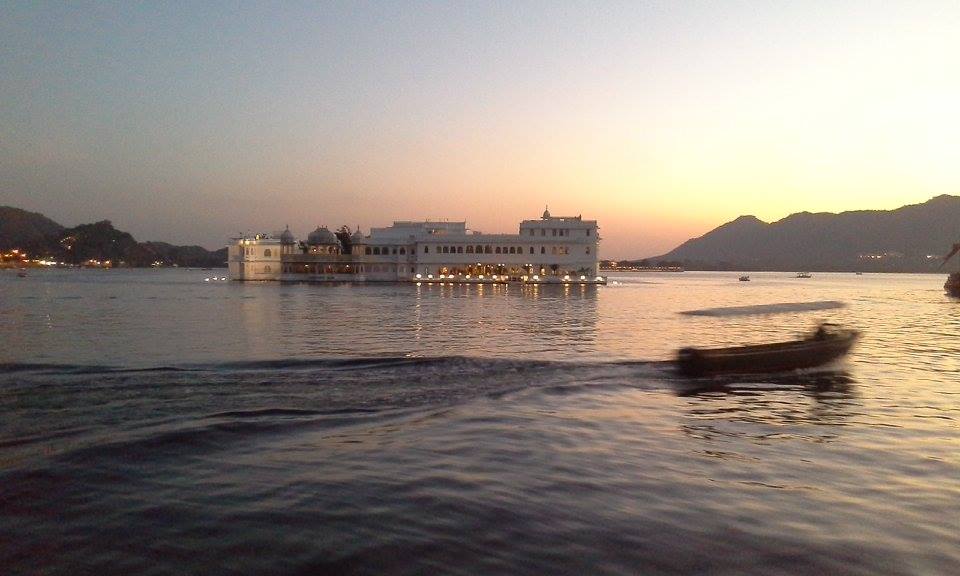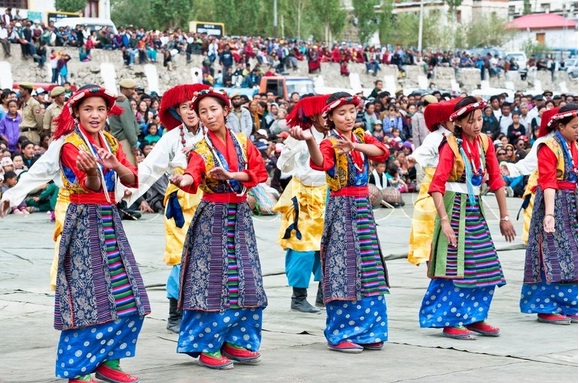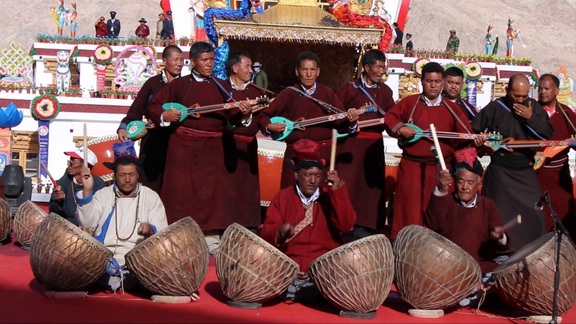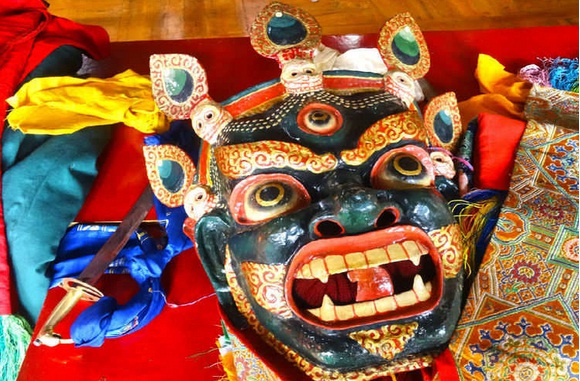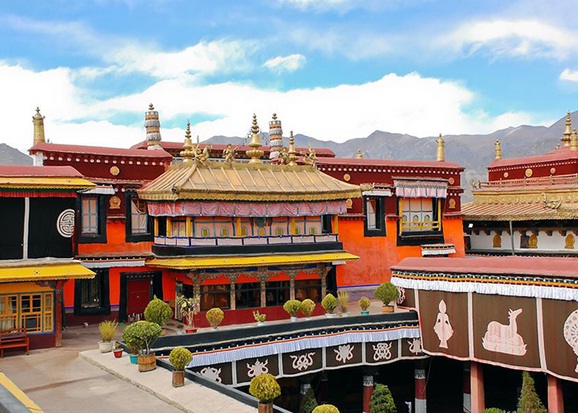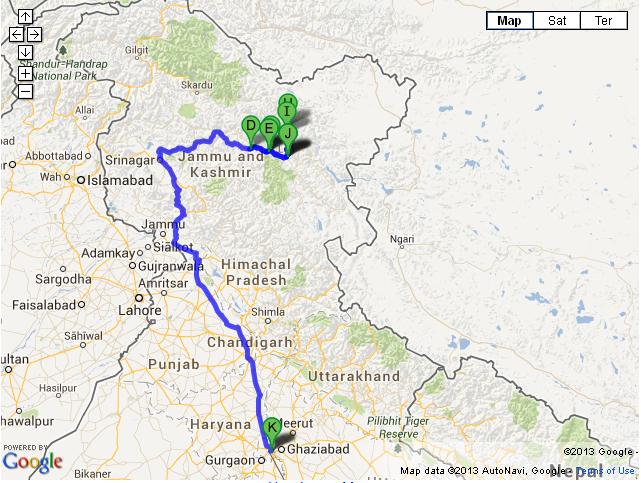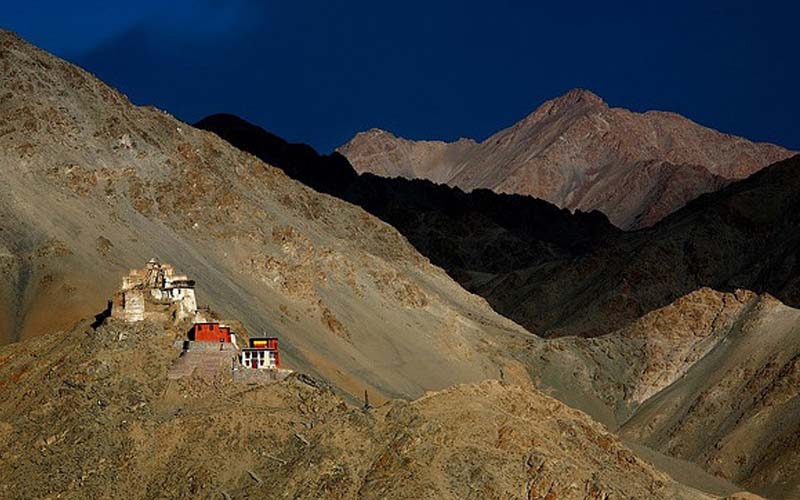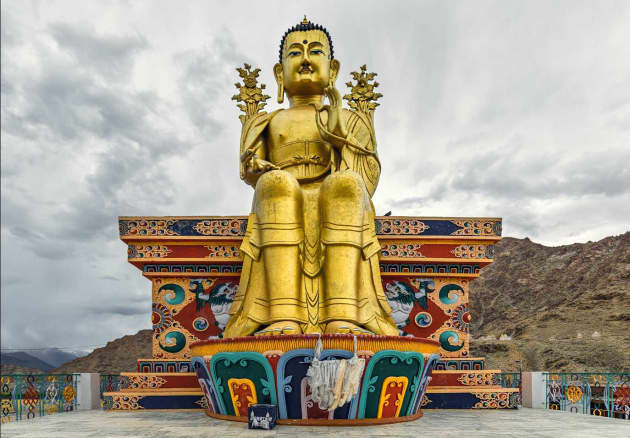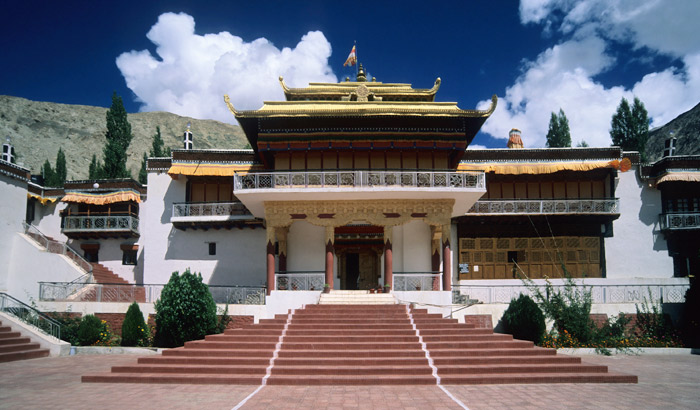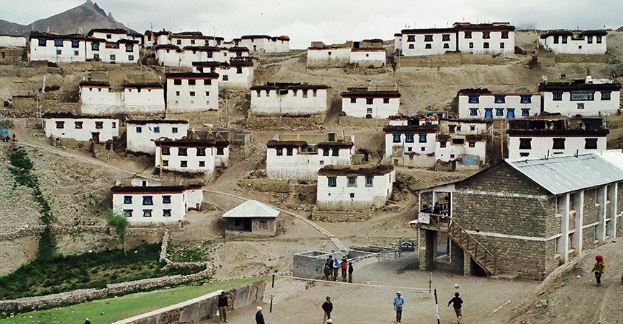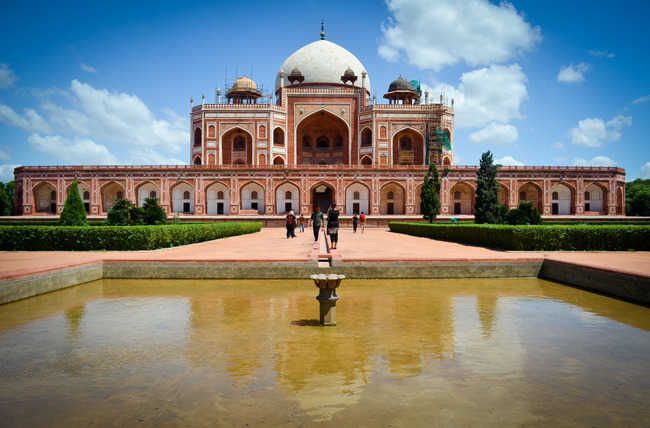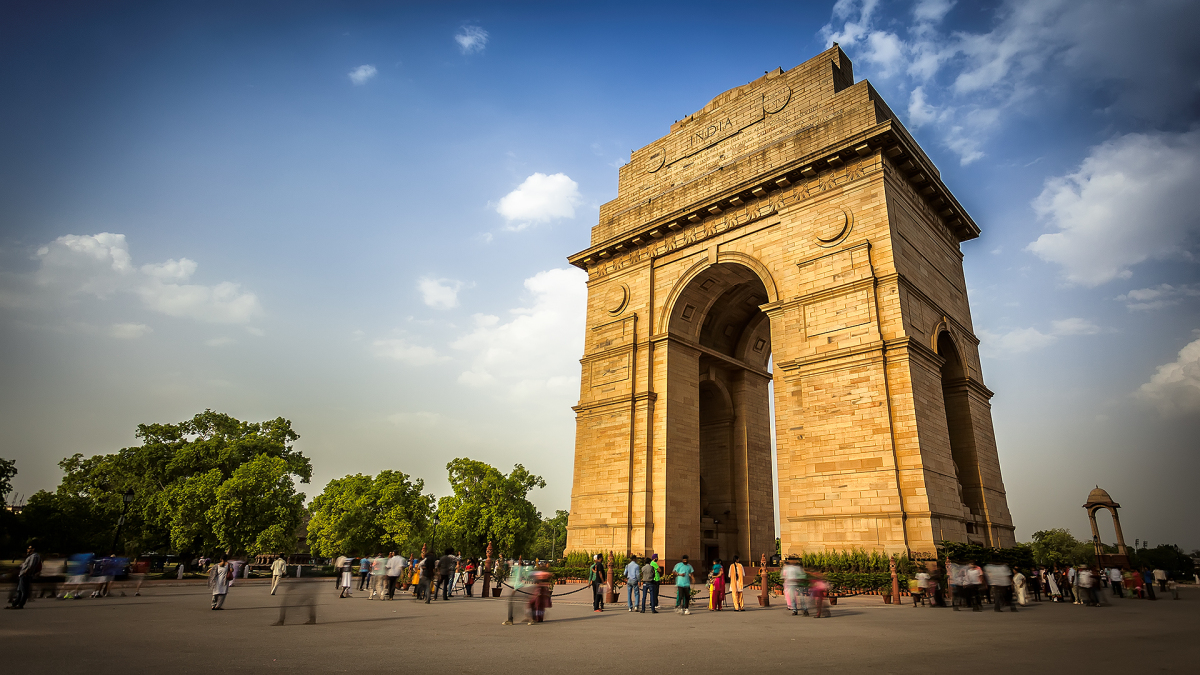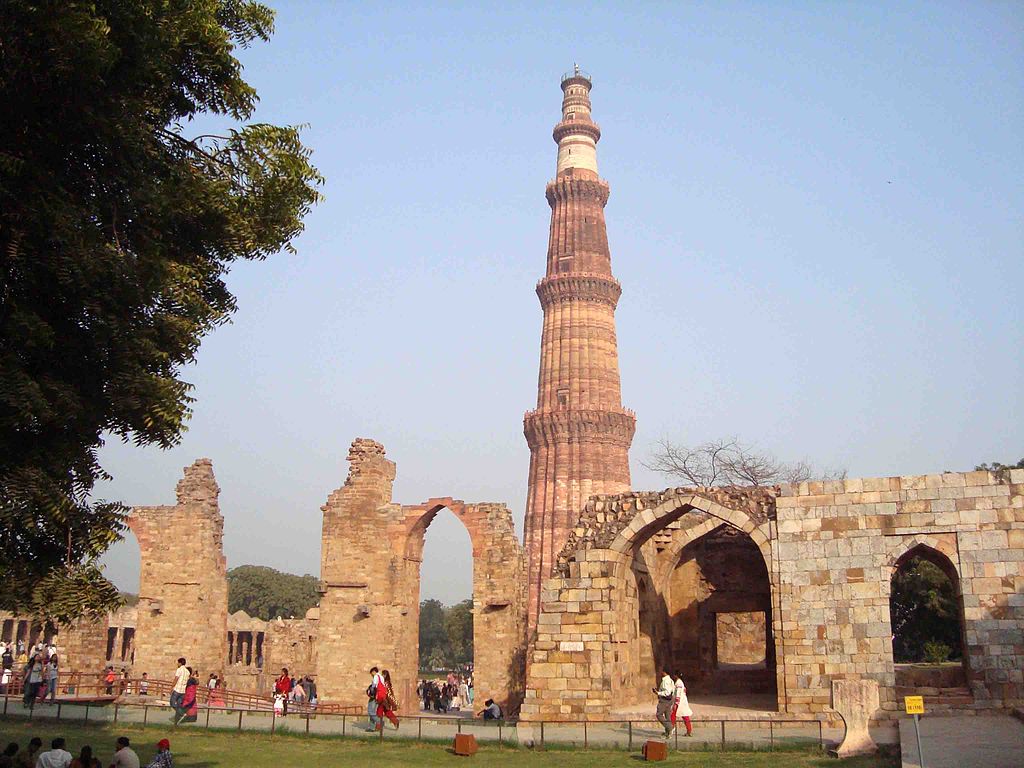The Hornbill Festival is a celebration held every year from 1 to 10 December, in Nagaland, Northeast India. It is also called the ‘Festival of Festivals’.
The Hornbill Festival is a vibrant and captivating celebration held annually in Nagaland, India. Named after the Hornbill bird, which holds significant cultural value in Naga traditions, the festival brings together various Naga tribes to showcase their unique heritage. This cultural extravaganza features traditional music, dance performances, indigenous arts and crafts, ethnic cuisine, and sporting events. Visitors are treated to a colorful spectacle of Naga customs, attires, and rituals, providing a fascinating glimpse into the rich and diverse cultural tapestry of the region.
The Hornbill Festival serves as a platform for cultural exchange, unity, and preservation of Naga traditions, making it a must-attend event for those seeking an authentic and immersive experience of Northeast India’s indigenous cultures. Bookings are open for Hornbill Festival Tour 2023.
Destinations Covered
Delhi: Delhi, a city of contrasts, greets you with its historical grandeur and modern energy. Explore the seamless blend of Old and New Delhi, where iconic landmarks like India Gate, Humayun’s Tomb, and bustling markets offer a glimpse into India’s diverse culture.
Guwahati: Guwahati, the gateway to Northeast India, introduces you to the mystical world of Kamakhya Devi Temple. Perched atop Nilachal Hill, the temple’s spiritual significance and breathtaking surroundings create a deeply moving experience.
Kaziranga National Park: Kaziranga National Park, a UNESCO World Heritage Site, showcases the splendor of Assam’s wildlife. Embark on exhilarating jeep and elephant safaris through its diverse ecosystems, encountering rhinos, tigers, and exotic birds.
Majuli Island: Majuli Island, the world’s largest freshwater mid-river delta, is a cultural gem. Immerse yourself in the neo-Vaishnavite heritage, explore tribal villages, and witness the traditional art of mask-making at Samuguri Satra.
Kohima: Kohima, the capital of Nagaland, unveils the history and heritage of Naga tribes. Visit the emblematic Khonoma Village, a site of historical significance, and immerse yourself in the vibrant festivities of the Hornbill Festival, celebrating the region’s indigenous cultures.
This comprehensive journey through Northeast India offers a captivating blend of spirituality, wildlife, and cultural exploration. From the bustling streets of Delhi to the tranquil landscapes of Majuli Island and the tribal heart of Kohima, each destination offers a unique insight into the diverse tapestry of this enchanting region.
Tour Overview
Discover the treasures of Northeast India on an exhilarating 12-day journey. Begin in Delhi, where you’ll be immersed in the city’s vibrant blend of historical and modern charm. Explore the captivating sights of Old and New Delhi, or embark on an optional day trip to the iconic city of Agra, home to the Taj Mahal. Fly to Guwahati and pay homage to the revered Kamakhya Devi Temple. Venture into the wild beauty of Kaziranga National Park, home to diverse wildlife.
Engage in thrilling safaris, both on jeep and elephant back, to witness the park’s incredible biodiversity. Traverse to the enchanting Majuli Island, the world’s largest freshwater mid-river delta, steeped in neo-Vaishnavite culture and rich ecology. Continue to Kohima, immersing yourself in the vibrant Hornbill Festival and delving into the history of Naga tribes. As the tour concludes, you’ll depart from Dimapur, carrying with you cherished memories of a journey through Northeast India’s captivating landscapes and cultural heritage.
Detailed Tour Plan
Day 1, 23 Nov
Arrival Delhi – by International flight
Arrive Delhi and transfer to your hotel. Check-in time is 1400 hours. Remainder of the day at leisure. Overnight in Hotel.
Day 2, 24 Nov
Full day sightseeing tour of Old and New Delhi Or we can keep same day trip to Agra (especially for 1st time travelers).
Day 3, 25 Nov
Delhi – Guwahati by Flight
Arrive Guwahati and transfer to hotel. Later visit Kamakhya Devi Temple, on Nilachal hill, 08 kms west of Guwahati city, is one of the most venerated shaktipeeths in India.
The temple is dedicated to goddess Kamakhya an incarnation of Sati. It is on Nilachal hill, says the Shiva Purana, that the yoni or creative organ of Sati fell when Vishnu, in a bid to save the world from the Shiva’s tandava nrittya or dance of destruction, cut her dead body into 51 pieces with his suddarshan chakra. The garbhagriha deep inside the temple, marks the sacred spot and is kept covered with red silken cloth.
Overnight in Hotel.
Day 4, 26 Nov
Guwahati – Kaziranga National Park drive (approx. 240 kms/4-5 hrs.)
Morning after breakfast drive to Kaziranga National Park and on arrival transfer to your hotel for lunch. After lunch, your first Jeep safari in Central Zone of the park.
Overnight in Hotel.
IMP NOTE: Kaziranga National Park is closed from 01st May TILL 31st Oct every year.
Day 5, 27 Nov
Kaziranga National Park
Early morning elephant safari in Central zone and return hotel for breakfast.
After breakfast go for Morning Jeep safari in Western Zone. After lunch we take our last Jeep Safari to Eastern Zone. Overnight in Hotel.
Jeep Safari Timings:
Morning Safari starts from 07.00 am till 09.30 am for 02 hours. And Afternoon Safari starts from 01.30 pm till 03.30 pm for 02 hours.
Elephant Safari Timings:
Central Zone of the park at 05.30 am and at 06.30 am for 40 minutes respectively. Elephant Safari – Approx. 45 mins duration
Note: Elephant safari for foreign nationals are held only on Kaziranga Range, Kohora, Central Range (Elephant ride is subject to availability from the Forest Dept.)
Allocation of elephant riding seats and timings are regulated by the forest department, Kaziranga National Park, Government of Assam. The tickets for the same are issued only on the previous evening of the ride after 7:30 PM. We will try our utmost to avail the seats but cannot guarantee the same
Day 6, 28 Nov
Kaziranga – Majuli Island drive + cruise (approx. 110 kms/3 hrs. + 1 hrs cruise)
After breakfast drive to Nimatighat to catch your ferry at 10.30 am for Majuli Island. On arrival and after lunch we visit Samuguri Satra famous for making Mask.
Later we visit Uttar Kamalabari Satra, oldest satra of Majuli Island.
Evening free and overnight in hotel.
Majuli is the largest fresh Water mid-river deltoid island in the world. It is situated in the upper reaches of the river Brahmaputra in Assam. This Island, with a population of 1.6 Lakhs, majority being tribal, is endowed with rich heritage and has been the abode of the neo-vaishnavite culture. The island is a bio-diversity hotspot and has rich ecology with rare species of flora and fauna.
Day 7, 29 Nov
Majuli Island – Jorhat cruise + drive (1 ½ hrs cruise + 30 kms/45 mins drive)
Morning visit Mishing tribal village by walk and drive back to Kamalabari ghat for your return ferry. On arrival at Nimatighat straight drive to your Tea Retreat. Overnight at resort.
Day 8, 30 Nov
Jorhat – Kohima drive via Dimapur (approx. 195 kms/6-7 hrs.)
Morning after breakfast drive to Kohima via Dimapur visiting Kachari Dynasty Palace Ruins.
After lunch in Dimapur continue drive to Kohima and on arrival transfer to hotel for overnight.
Day 9, 01 Dec
Kohima
After breakfast visit Khonoma Village, (approx. 25 kms/45 mins), Khonoma village is the last village where Nagas fought their last battle against the Britishers in 1879.
Afternoon attend Hornbill Festival at Kisama village along with inaugural event/function. Overnight in hotel.
Day 10, 02 Dec
Kohima – Full day attend Hornbill Festival at Kisama. Overnight in Hotel.
Day 11, 03 Dec
Kohima – Dimapur airport drop (approx. 70 kms/3 hrs.)
Morning after breakfast drive back to Dimapur airport for your flight to Delhi via Kolkata
By late evening, arrival at Delhi airport and remain in transit to catch your flight back home.
Day 12, 04 Dec
Departure Delhi Airport
End of Tour
FAQs about the Tour
Q: How do I reach Delhi to start the tour?
A: You can reach Delhi by international flights, and upon arrival, our representative will greet you and assist with your transfer to the hotel.
Q: Is the Taj Mahal visit included in the Delhi sightseeing?
A: The Taj Mahal is not included in the Delhi sightseeing. However, an optional day trip to Agra can be arranged for first-time travelers who wish to visit the Taj Mahal.
Q: How do I reach Guwahati for the next leg of the tour?
A: You’ll fly from Delhi to Guwahati to continue the tour. Domestic flight arrangements are included.
Q: What is the significance of Kamakhya Devi Temple in Guwahati?
A: Kamakhya Devi Temple is a revered shaktipeeth dedicated to goddess Kamakhya. It holds a significant place in Hindu mythology and attracts devotees from around the country.
Q: What can I expect during the safaris in Kaziranga National Park?
A: Kaziranga safaris provide opportunities to witness diverse wildlife, including rhinos and tigers, through both jeep and elephant safaris. The park’s diverse ecosystems offer a thrilling experience.
Q: How is Majuli Island unique?
A: Majuli Island is the world’s largest freshwater mid-river delta and is renowned for its neo-Vaishnavite culture, tribal heritage, and traditional arts like mask-making.
Q: What is the Hornbill Festival in Kohima?
A: The Hornbill Festival is a vibrant celebration of Naga culture, featuring traditional music, dance, crafts, and indigenous cuisine. It offers a unique opportunity to immerse yourself in the region’s rich heritage.
Q: Are all safaris included in the Kaziranga National Park visit?
A: Yes, the tour includes both jeep and elephant safaris within Kaziranga National Park, providing you with the chance to explore its diverse wildlife and landscapes.
Q: How is Khonoma Village significant?
A: Khonoma Village holds historical importance as the site of the last battle between Nagas and Britishers in 1879. It offers insights into Naga history and culture.
Q: How does the tour end in Delhi?
A: The tour concludes with a return flight from Dimapur to Delhi, where you’ll have transit time to catch your onward flight back home.
